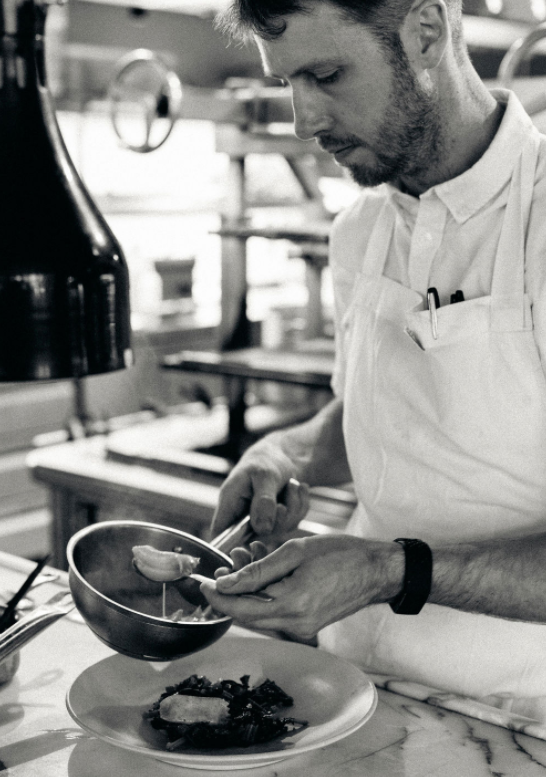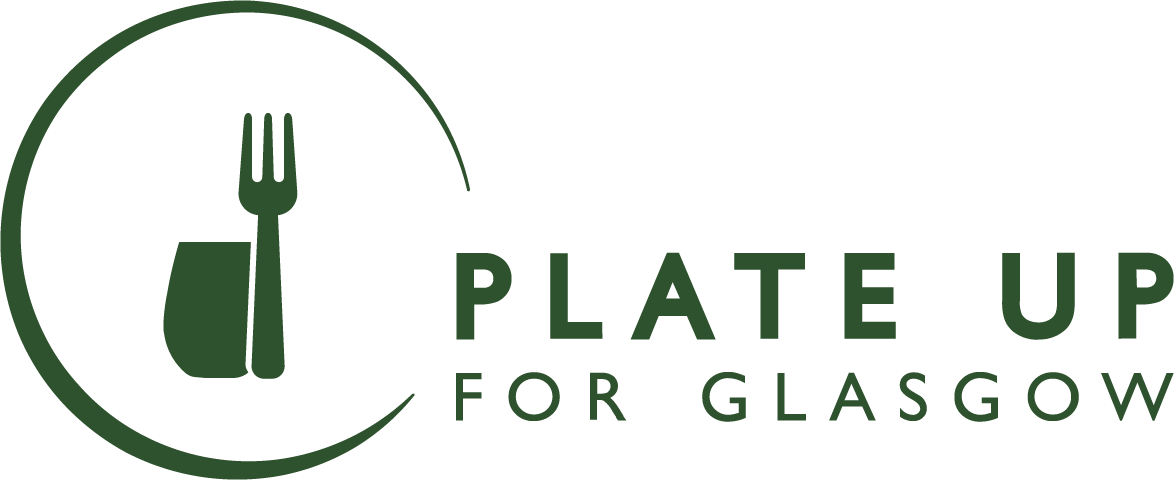Guest blogger: Dean Parker, Chef Director and Co-Founder, Celentano’s
November 5, 2021

Why I’ve always cooked with a zero-waste approach
With the ever-increasing cost of food and working in a number of high-end restaurants at the beginning of my career, it always baffled me how much food gets thrown away.
When I helped setup The Dairy, a small independent restaurant, we were conscious of reducing waste for both cost, and environment. We always tried to make as much as we could in house, mainly through preserving, pickling and curing. This sparked a real love for raw ingredients, and how you can make the most out of each vegetable, herb, fruit etc. It started from having a roof top herb garden where we planted herbs in recycled vegetable trays, growing nasturtiums, sorrel, lemon verbena, pineapple mint, chives, lovage and rocket. We also had five beehives which I managed. It was these beehives that made me realise how much the climate was (and still is) changing so significantly, and the impact it has not only on the bee’s survival, but also growing the herbs and vegetables. The biggest challenges we had before losing a few hives over time were sudden changes in temperature, varroa mites and wax moth all caused by global warming issues.
These challenges made me more determined to constantly adopt a reduced waste attitude in the kitchen and encourage my team of chefs to have the same mind set. It is not easy, but it is vital that restaurants all over the world start to think this way.
Of course, this doesn’t just lend itself to vegetables, but meat and fish as well. At Celentano’s we try to buy in whole animals and butcher these down ourselves. When working with the whole animal you must work with an adaptable menu that can change often, which brings me to all the secondary cuts you don’t normally see on menus. In my opinion secondary cuts like short rib, shin onglet (or hanger steak which they also refer to as “the butcher’s cut” which gets removed with the offal) are always the tastiest. They take more preparation time, but it’s worth it for both the taste, the cost and the reduced waste.
There are so many small local suppliers out there who produce the freshest ingredients, but naturally this comes with a higher price due to the nature of production and climate. The reason I always aim to work with these suppliers is their passion, personal touch and the obvious reason of sustainability. I’ve always built such good relationships with local suppliers of the same mind set – people with a real love for good food. Unfortunately, this does mean that ingredients come at a higher cost and the biggest challenge with this is making the customer understand that small, local, sustainable good produce inevitably costs more. Furthermore, due to ever increasing global issues, prices are continuing to rise – not only of raw produce, but energy, cleaning products, staff.
When building on the idea of Celentano’s, for me it was imperative that we worked in the most sustainable way possible. It has been a real challenge with the climate issues, the rising cost of produce and lack of resources and staff. We got round this in different ways, from buying second-hand kitchen equipment, installing taps for our key biodynamic wines to reduce glassware, and working extremely closely with our suppliers to understand what produce they can get, and when. We know there is a lot more to do (our next step is to install a projector for the daily changing menu to reduce paper waste) but I feel if all restaurants work together, share ideas, and support each other we can begin to overcome key challenges and ultimately start to build a more sustainable industry.
Photo: Hikaru Funnell Photography
